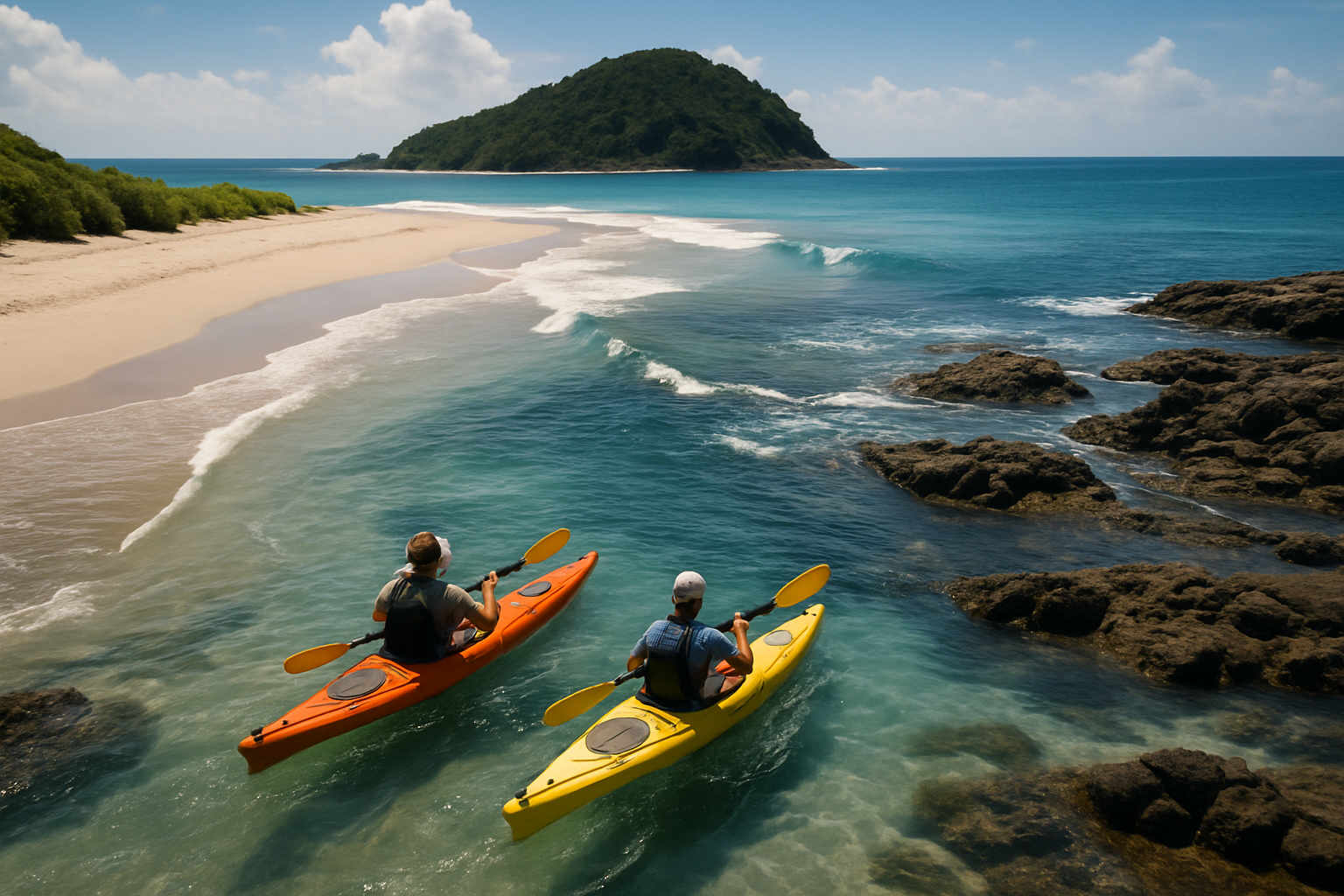Hovercraft Holidays: Gliding into a New Era of Coastal Exploration
Imagine skimming across the water's surface, effortlessly transitioning from sea to land in a vehicle that seems to defy gravity. This isn't science fiction – it's the reality of hovercraft tourism, a burgeoning trend that's revolutionizing coastal exploration. As travelers seek novel ways to experience shorelines and waterways, hovercraft holidays are emerging as an exhilarating alternative to traditional boat tours and beach excursions. This unique mode of transportation offers a thrilling blend of speed, versatility, and access to hard-to-reach areas, opening up a world of possibilities for adventurous tourists.

Tourism operators in coastal regions have recognized the potential of hovercrafts to offer unique experiences. From wildlife viewing in shallow wetlands to exploring remote beaches inaccessible by conventional boats, hovercrafts provide a distinct advantage. Their ability to traverse both water and land seamlessly makes them ideal for diverse coastal environments, from sandy shores to mudflats and even ice.
Environmental Considerations and Sustainable Tourism
While the idea of gliding over delicate ecosystems might raise eyebrows, modern hovercrafts are designed with environmental concerns in mind. Unlike traditional boats, hovercrafts don’t have propellers that can harm marine life or disturb sediment. Their low-pressure cushion of air minimizes impact on the surface below, making them surprisingly eco-friendly when used responsibly.
Tour operators employing hovercrafts often emphasize their commitment to sustainable tourism practices. By accessing areas with minimal disturbance, these tours can provide close-up views of wildlife and fragile habitats without causing significant harm. However, it’s crucial for operators to adhere to strict guidelines and regulations to ensure the protection of sensitive environments.
Diverse Destinations and Experiences
Hovercraft tourism is not limited to a single type of environment or experience. In the United Kingdom, tours along the Norfolk coast offer glimpses of seal colonies and migratory birds. In Florida’s Everglades, hovercraft safaris provide a unique way to explore the vast wetlands and spot alligators. Arctic regions are also embracing this technology, with hovercraft expeditions offering a novel approach to ice floe exploration and polar bear watching.
These versatile vehicles are also finding applications in urban settings. Cities with extensive waterfront areas or river systems are experimenting with hovercraft tours as an alternative to traditional sightseeing boats. The ability to navigate shallow waters and make quick land-to-water transitions opens up new possibilities for urban exploration.
Safety and Regulatory Challenges
As with any emerging form of tourism, hovercraft holidays face regulatory challenges. Different countries and regions have varying laws regarding the use of hovercrafts, particularly in protected natural areas. Tour operators must navigate a complex landscape of permits, safety regulations, and environmental guidelines.
Safety is a paramount concern in hovercraft tourism. While these vehicles are generally stable and safe when operated correctly, they require skilled pilots and proper maintenance. Many tour companies invest heavily in training programs for their staff and adhere to strict safety protocols to ensure a secure experience for passengers.
The Future of Hovercraft Tourism
The hovercraft tourism sector is still in its infancy, but industry experts predict significant growth in the coming years. As technology improves and more destinations recognize the potential of these versatile vehicles, we can expect to see an expansion of hovercraft-based experiences worldwide.
Innovations in hovercraft design are focusing on enhancing comfort, reducing noise levels, and improving fuel efficiency. Some companies are even exploring electric and hybrid models to further reduce environmental impact. These advancements could make hovercraft tours more appealing to a broader range of travelers, including those seeking luxury experiences.
Gliding into Adventure: Hovercraft Tourism Insights
-
Hovercrafts can reach speeds of up to 50 mph over water, offering a thrilling ride for adventure seekers
-
Some models can carry up to 100 passengers, making them suitable for larger tour groups
-
Hovercraft tours often operate in areas where traditional boats cannot, providing unique access to wildlife and landscapes
-
The air cushion technology allows hovercrafts to operate in extremely shallow waters, sometimes as little as 6 inches deep
-
In some regions, hovercrafts are used for winter tourism, gliding over frozen lakes and snowy terrains
As travelers continue to seek out novel and immersive experiences, hovercraft holidays represent an exciting frontier in coastal and aquatic tourism. By combining the thrill of a high-speed ride with the ability to explore hard-to-reach areas, these tours offer a fresh perspective on familiar landscapes. As the industry grows and adapts to meet environmental and safety standards, hovercraft tourism has the potential to reshape how we experience the world’s shorelines and waterways, ushering in a new era of coastal exploration that’s both exhilarating and environmentally conscious.





